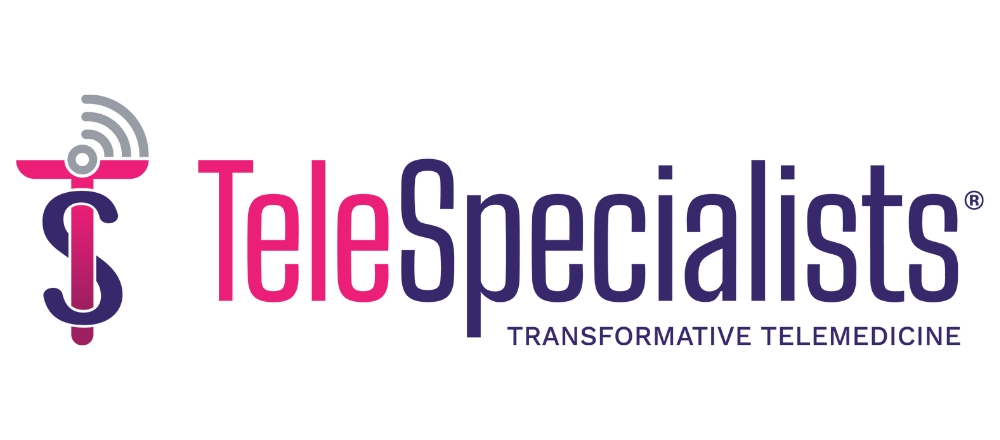The pandemic caused by the novel coronavirus has caused a need for adapting across many industries, and healthcare is no different. The rise of telemedicine is an example of change already occurring. However, if a practice is not well-suited or doesn’t feel ready for telemedicine, they can leverage tools within the electronic health record (EHR). The first logical place to start is the patient portal.
The patient portal is an excellent tool for practices and patients to conveniently and safely stay connected. Even practices that are still seeing patients in the office can use it to free up resources and at the same time reduce the spread by limiting patients in the office if their needs can be addressed through the portal. Both practices and patients can efficiently use their time by using the patient portal for communication, appointments, prescription refills or sharing of medical records.
Getting started with a patient portal really comes down to one simple question. “Do you have an email address?” But despite the prevalence of that communication tool in everyday life, the question seems taboo in a medical practice. Physicians and staff are quick to offer the excuse that the patient population is, well … older, and probably doesn’t have an email address. This is an unfortunate stereotype of those patients over the age of 65. A 2019 Tech Trends survey by AARP noted that 94% of people over 50 use technology to text or email someone every day.
If the majority of our patients really do use technology every day in some form or fashion, what are the real obstacles to adopting a patient portal? Two primary obstacles come to mind – first your staff and second the patients. Yes, it really can be just that simple and straightforward. Let me explain.
The staff need to completely buy-in to the benefits to them. It is easy to explain that there will be a reduced number of phone calls into the front desk as patients can now request appointments, request medication refills, or even submit a payment online. But does the staff hear this information as a benefit to them – or a potential threat to their position?
Do they really hear that they will be able to complete other tasks more efficiently or spend more time with the patients in the office without the constant phone distractions? It is a similar comparison to when the computer-assisted coding (CAC) came onto the landscape. Remember, at first all the coders were more than hesitant to adopt that technology. While it did streamline certain coding functions, it also allowed those certified coders to focus on more complicated reports and create better processes with the physicians. But all the coders initially heard was increased efficiency means less staff. Your staff at the front desk cannot successfully persuade a patient to use a portal they do not support 100%.
It is important for each staff member to have their own access to the practice patient portal. It is difficult to promote something that you know little about. Recommend each staff member to register themselves as a patient. Activate the patient portal using their work email and then complete the activation process. They can then explain to the patient what the email notification will look like, how to check SPAM if they don’t see an email promptly, etc. If they have access to the portal themselves, they can also help a patient navigate the screens and show them where to request an appointment, where to download or access their clinical summaries or immunization records. Engage your staff and they will engage your patients.
Adults accept new information best when it is associated with information they are already comfortable with. Ask if the patient has ever used email to communicate with their family. Then ask if they would like to use that same email address to send a secure message to the clinical staff at the practice. Ask if they have ever searched the internet for information about a health condition. Then suggest that the portal is very similar but would offer the specific treatment plan their provider has recommended. If you offer a prompt pay discount within the practice, consider offering a portal payment discount.
If a patient portal still seems like a big jump for your practice, adopting a kiosk may be a first step to successful patient portal implementation. This would allow your patients to experience using technology with the staff available to answer questions. As the patients complete the intake forms or sign a consent via the iPad or tablet, use the opportunity to remind them that they could complete this type of information online at home where they may have all of their medications (for example) available to them. Use that same device to assist the patient in setting up an email via a free vendor if necessary.
Does the message on your phone system support the portal? When a patient selects “2” to speak to a nurse, does the message, then, say that most questions can be easily answered via their patient portal? When the option is selected to renew a medication, does the message then remind the patient that a medication refill request can be submitted through the portal saving the patient time? When a patient complains about the hold time to schedule an appointment, does the staff consistently offer the patient portal as a way to request an appointment online without any hold time?
Instead of handing the patient treatment summaries and educational information at the conclusion of the visit, does the clinical staff state that the information will be available in their patient portal by the time they get home? Yes, some will still want paper and will take longer to transition to your new process. But think back, once upon a time you handed a paper script to each patient. Now, they are told the prescription has been electronically submitted to their pharmacy. This is the same transition. Confirm the patient’s email address, just as you’d confirm their pharmacy, and update your script to be, “I will have these instructions sent to your secure patient portal.”
Fully adopting a patient portal within your practice will require a well thought out plan. Where will the URL be shared to attract both new and established patients? How will the messaging system (voice, print, computer) support the implementation? The staff needs to understand their role in its success and the benefits to both the patient and the practice. If the portal messages aren’t checked, for example, and the patient calls to find out why a refill wasn’t addressed, we’ve defeated the plan. But a trained, committed staff can successfully remove the two primary obstacles to the portal.
As things go back to the new normal, the patient portal will benefit practices for the long term. The Covid-19 pandemic might be a good time to introduce the patient portal to your patients, and we might just find both the practice and patients embrace the convenience of the tool. In the end, practices can use the portal as a stepping stone to implementing telemedicine in the future.
Photo: HASLOO, Getty Images
Karna Morrow, CPC, RCC, CCS-P, is an implementation manager for Practice EHR. She has spent nearly three decades in the industry-leading electronic health record (EHR) implementations and providing consulting and training for a variety of healthcare organizations. Morrow is a frequent contributor to highly regarded industry publications and national conferences, providing insights on practice management, coding, billing and other industry-related topics.
This post appears through the MedCity Influencers program. Anyone can publish their perspective on business and innovation in healthcare on MedCity News through MedCity Influencers. Click here to find out how.











